Endangered No More
September 06, 2019
Sharifah Sakinah
Animals that are no longer facing extinction.
1. Giant Panda
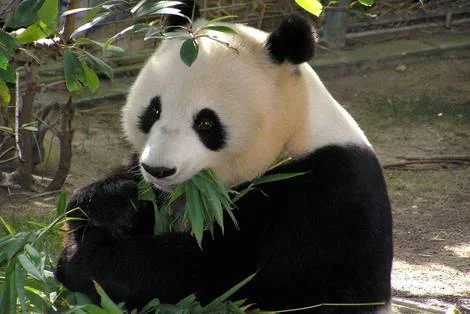
The Giant Panda, native to the mountainous regions of central China have become the poster child of wildlife protection. Their numbers depleted tremendously due to the excessive deforestation that took place. However, when people from all over the world came together and decided that we’re NOT going to lose our adorable black, white and asian bears, big changes took place. Millions were invested in setting up conservation facilities and hundreds of researchers dedicated themselves to helping Giant Panda’s. Now, the fate of the Giant Panda’s have successfully been restored.
2. Lesser Long-Nosed Bat
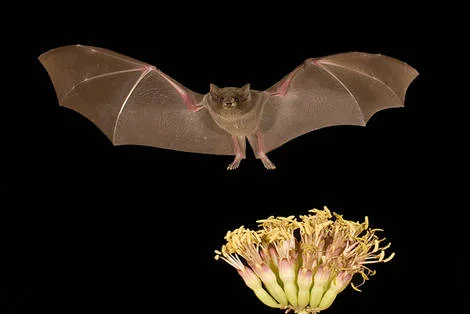
This species is one of the few nectar-eating bats that have dual nationalities. That’s right! These bats migrate between U.S-Mexico during mating seasons. This however came in handy when the Lesser Long-Nosed bat became endangered back in the 80’s. Both Mexico and the U.S came hand in hand to protect these bats. After many years of collaborative effort, the Lesser-long nosed bat was finally taken off the endangered list in 2017.
3. Louisiana Black Bear
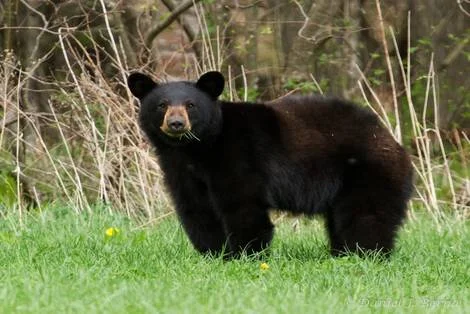
This bear is a subspecies of the American Black Bear, and what was once going extinct is now one of the most common bears. Weighing up to 600 lbs, a black bear is no tiny cub. With very adaptable dietary habit, black bears have been known to eat whatever they can get their hands on. However people have been warned to not feed bears as this could lead to bears wandering into residential areas in search for more food. This can be harmful for both people and the bear as bears that end up in residential areas often get killed.
4. Przewalski’s Horse
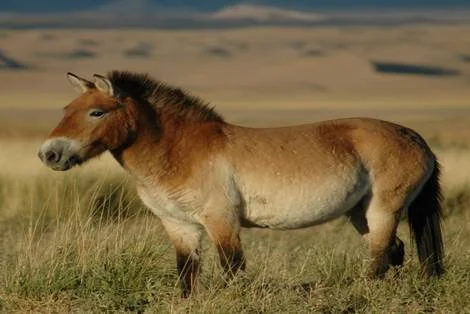
With a shorter stature than regular horses, Przewalski’s are the last of the wild horses. The main cause of its extinction is due to a loss of genetic variation. However hunting, loss of habitat and loss of water source has also led these horses to extinction. In 1960 they went extinct in the wild but are still around today through captive breeding. All of the Przewalski horses today can be traced back to 14 of its ancestors.
5. Blue Iguana
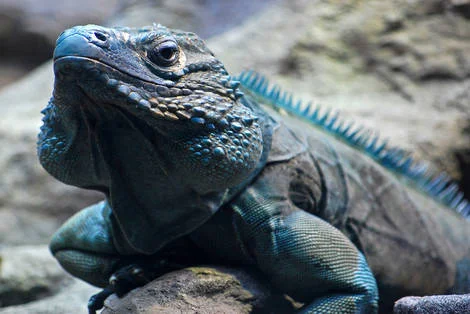
Just 16 years ago there were less than 25 Blue Iguana’s left in the wild. Today however, there are more than 1000. Native to the Cayman Islands, these plant eating iguana’s were well adapted to life in the tropics. Real estate development and the proliferation of predators caused its numbers to drop tremendously. After being declared extinct back in 2005, conservationists refused to give up. Through captive breeding and improved management, Blue Iguana’s have successfully made a come-back.
Well wasn’t that a beacon of hope! This just goes to show that no matter how critical the situation, if people come together anything is possible! Let’s give ourselves a round of applause, YAY HUMANITY!
If you’re feeling exceptionally motivated and inspired by this read, you may want to look into a career in environmental and biological conservation. A life-long mission committed to saving our planet and everything in it. Sounds appealing? Check out these courses .
You might be interested in...
- APU and GUT Launch New Tech College in China: Earn Dual Degrees
- Global Learning at the Crossroads: Canada–Malaysia’s Evolving Education Partnership
- How AI is Powering the Next Wave of MSME Growth in Malaysia
- Malaysian Private Universities Making a Mark in Global Rankings
- Benchmarking Malaysian Private Universities Against Their ASEAN Peers
- Step-by-Step Guide to Applying to Malaysian Universities Online in 2025
- Fastest-Rising Malaysian Universities in the QS Rankings (2023‑2025)
- Sunway University Climbs to Global Top 500 in QS Rankings 2026
- Trusted by Top Universities: EasyUni’s Exclusive Visit to Sunway University
- Wawasan Open University and Sophic Automation Partner to Offer Work-Based Learning for Engineering Students
 +60173309581
+60173309581





